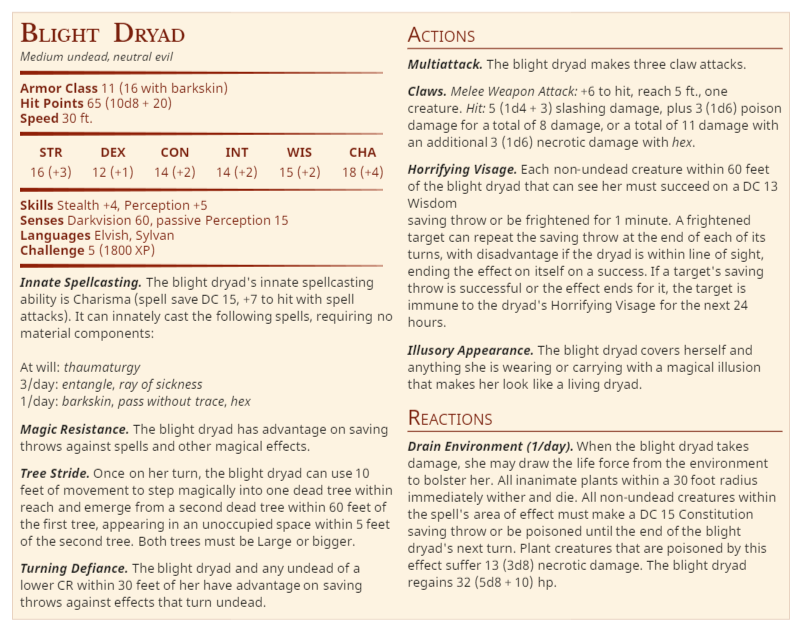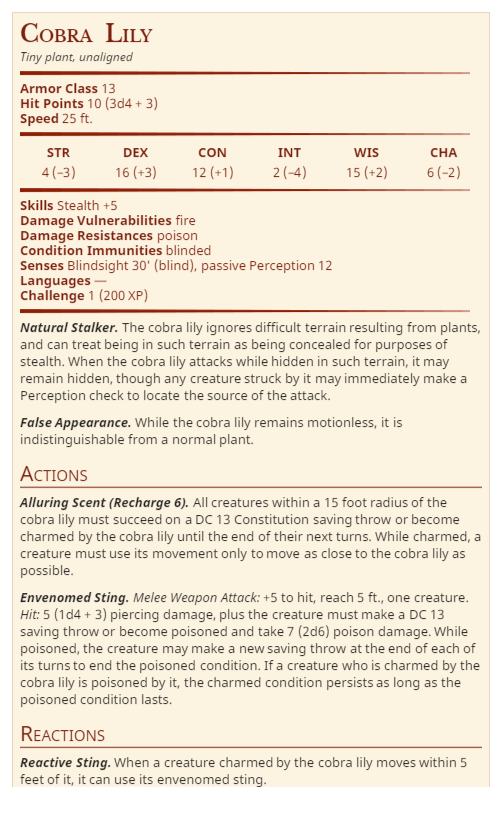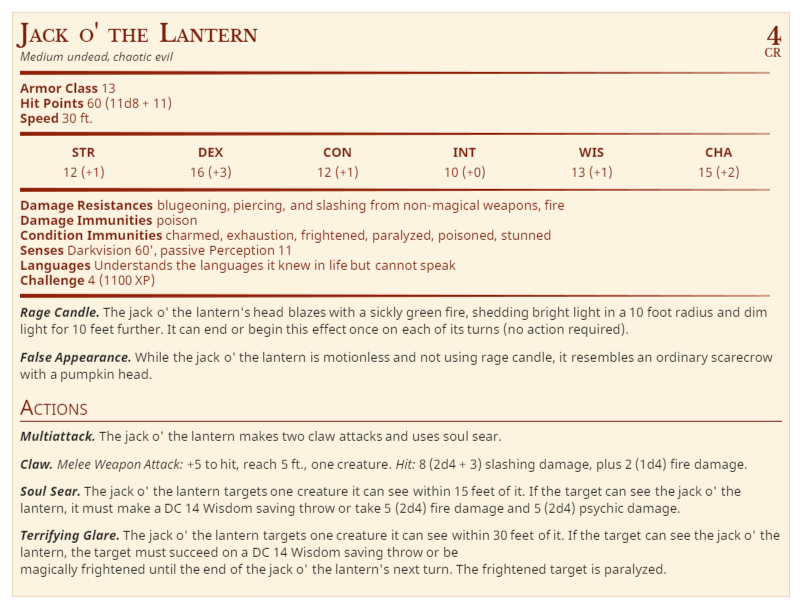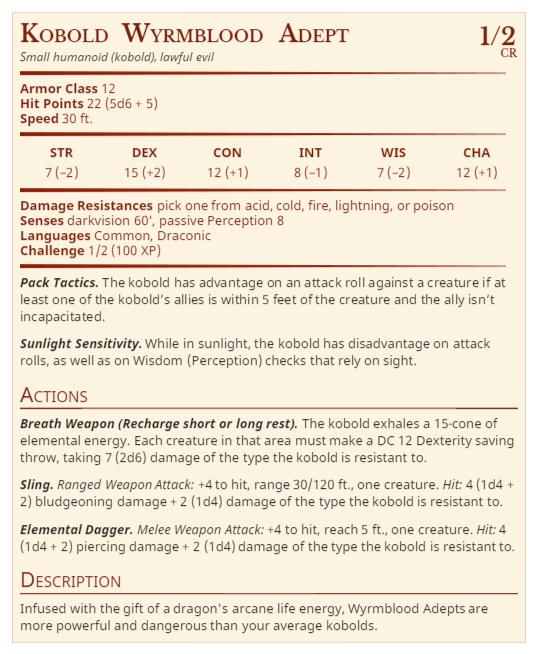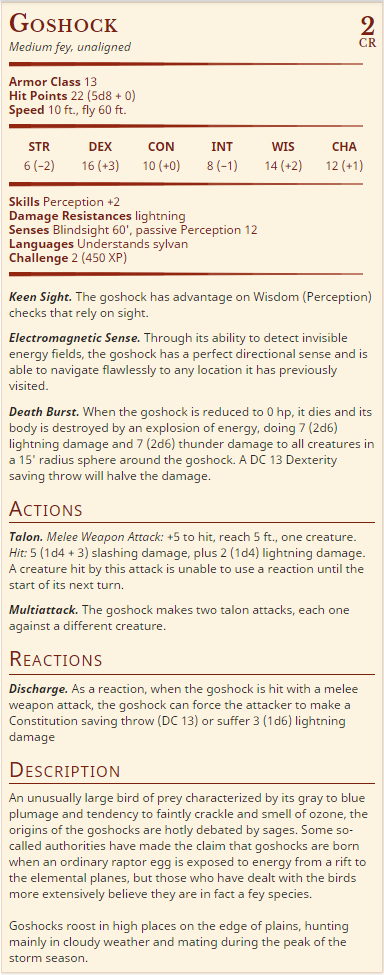Hour 3
I’ve now covered defining the basic attributes. Nothing really revolutionary here. It didn’t take me an hour to come up with the text I added… I spent quite a bit of time sketching out schemes for how the more advanced pieces will fit together, so I can lay the groundwork here.
I expect the 4th and 5th hour to also go to character creation, as I have to define secondary attributes derived from the basic ones (won’t take too long) and skills (which likely will). When that’s finished, with three hours left, I’ll start working on both more detailed examples of conflict resolution and combat (which will kind of go hand in hand), and then see how much time I have left for fleshing out other parts.
Hour 4
…okay, apparently I was so hyperfocused on this that I didn’t remember to hit publish before I flipped back to my word processor windows. Well, up above is what happened in hour 3. Hour 4 has gone about how I expected it to. I finished secondary attributes and am 1/3rd of the way through a basic, bare-bones, settings-agnostic skill list.
As I fill out skills, I’m starting to think about complexities like how does something like a perception check function in a diceless system based on resource management? For you to know you have to spend any resources to try to detect an ambush, you have to be told there’s something to detect.
Possible solution: assume that alertness, rather than action, is an ongoing state of being. If you spend X resources in a day on general alertness, that stands for all Awareness operations where you’re not actively searching/scrutinizing. You could up your alertness at any time (subject to normal maximums), but not get points back by decreasing it.
This would allow it to function similar to passive perception in recent editions of D&D, in that it would allow the game runner to compare values without alerting you what’s going on. It would also keep the risk/reward model intact, because if you decide to spend more resources for alertness early on, you don’t have them, but if you wait until you think you’re in a dangerous situation to spend them, it might be too late.
I’ll probably have an updated document at the start of Hour 5.

